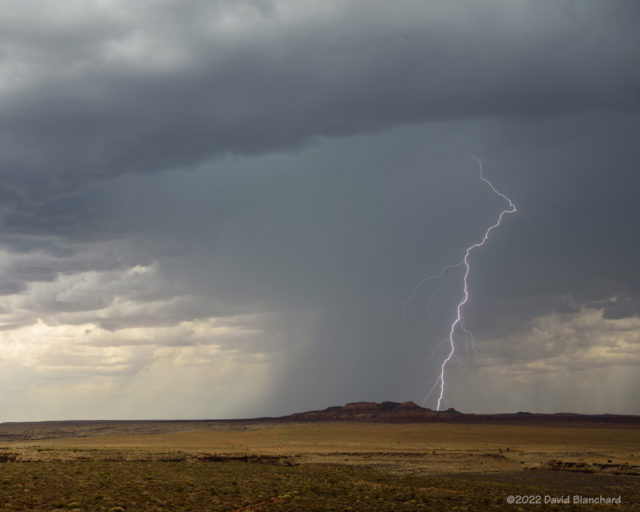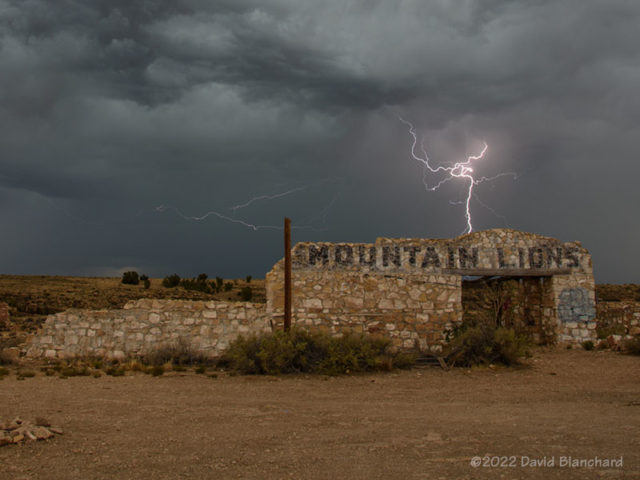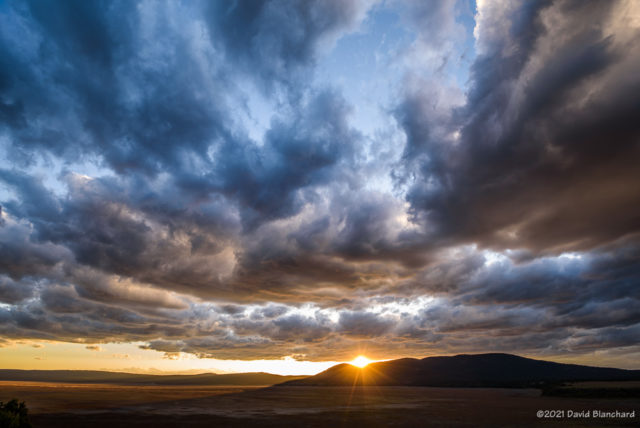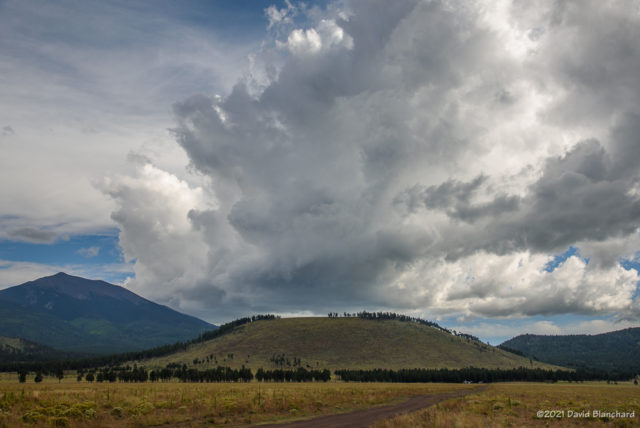After a few days of little or no thunderstorm activity things picked up a bit on Tuesday. Moisture pushed just a bit farther west than the past couple of days allowing storms to form near and north of Flagstaff.

Late in the afternoon I was in Wupatki National Monument and shooting storms to the west and southwest over the San Francisco Volcanic Field. The storms had been fairly weak during much of the afternoon but became more electrically active just before and after sunset.



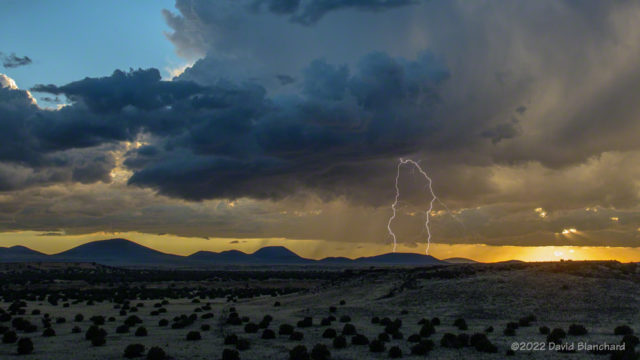


And now the forecast models show another down period of at least a few days. Glad I was able to get some nice photos today.


